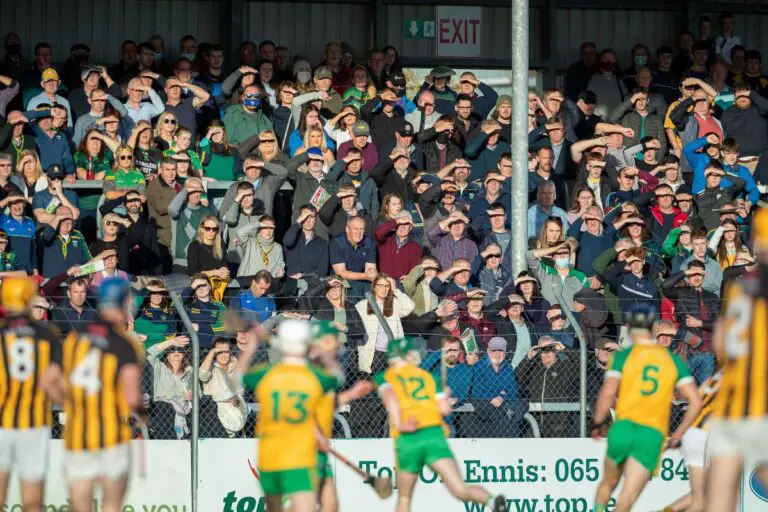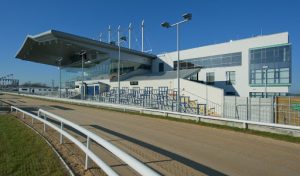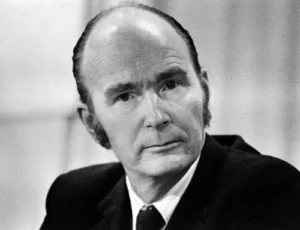*Crowds attending the 2021 Clare SHC final between Ballyea and Inagh/Kilnamona. Photograph: Natasha Barton
While the dust settles on another incredible hurling championship, we take stock on Limerick’s dominance and what next year may hold.
Limerick once again found a way to get over the line in an epic that was appropriate for the biggest game of the year. Kilkenny were overlooked at the beginning of the year and unconvincing performances in the Leinster championship left many feeling comfortable that they would not trouble the top teams this year. However, as the summer progressed it was clear they were timing their run to perfection, and they were able to match Limerick for much of this match.
The conditioning of this Limerick team is remarkable; they have taken everything that Kilkenny, Galway and Clare could physically muster in this year’s championship and absorbed it, looking the stronger team in the closing moments of each of these games. Limerick started this project years ago and the work that they have done in the gym has had a cumulative effect such that they are now far clear of their nearest opponents athletically.
While the gap has been closed somewhat on Limerick since last year’s cakewalk in the All-Ireland final, my worry would be that this championship will have improved them massively as a team. They were able to soak up titanic efforts in their last three games, being put to the pin of their collar in each and still making the right decisions at crucial times to get over the line. The belief in their system, style of play and their trust in one another to do their jobs will never have been stronger and that makes them a dangerous prospect for the years ahead. They have an established core who are now hitting their peak along with younger players who will push to be included in the starting line-up in the coming years.
From a Clare point of view, they have some ground to make up but this year should be encouraging for what is to come. Clare will not have played at the intensity they did in this championship for a few years. They now have experience of that and should be stronger physically next year. As with Limerick, the conditioning of the team is cumulative over a number of years and the Clare players will have a chance to add to that over this off season, particularly those with less experience.
In other business, this year the GAA has trialled a split season, which allows for more time to be dedicated exclusively to the club game. This is a huge positive for the association overall but mystifyingly has come in from lots of criticism from media, which has intensified over the last few weeks. Calls are regularly made on RTÉ to extend the intercounty season which will naturally come at a cost to 97% of GAA players in the country who only play club.
The most common argument in favour of extending the county games into September again seems to be that by finishing the All-Ireland championship earlier in the year, somehow the GAA is not being promoted as much and that other games will capitalise. It’s a nonsense argument but even if we were to accept it; what is the purpose of promoting the GAA? Surely it is to increase participation in every community in the country. Those in favour of a split season and those against it probably agree on the most important point: hurling is a summer game. The disagreement seems to be at defining what hurling is: a televised spectacle at an elite level, or hundreds of matches taking place in almost every parish in Ireland every at weekends during the summer.
Club GAA players have been turned away too often over the last number of year’s through uncertainty as to when their games would be played and playing their championships in Winter conditions. Club players in the past have been left unable to book holidays and make plans for their summer as they await to see how their county team gets on before they know what games they will be playing and when. To now have fixtures they can rely on that are not going to be undermined by their county’s success or lack thereof will make a huge difference to them. Added to the fact that they can now train and play games in the summer will make the whole experience far more enjoyable and this is the best promotion an organisation can have.
It is a misnomer also to suggest that by not having county fixtures, the GAA cannot be active in promoting themselves. Over the next three weekends every community in the country will have a fixture to look forward to attending at the height of the summer. The GAA is a community-based organisation and this should not be forgotten. The game is fundamentally local and parochial, and this is the level at which it should be promoted, with well-anticipated matches in the summer sunshine.
While it may suit some professional pundits to extend the intercounty season it does not suit the GAA overall and the split season they have introduced should be welcomed as the fruits of that decision will be seen in the coming months. The GAA comes in for a lot of criticism at times as we are all passionate about the games, so it is worth giving them credit when they deserve it. By trialling this split season this year they are showing clubs and club players that they are valued and for that the GAA should take great credit.











